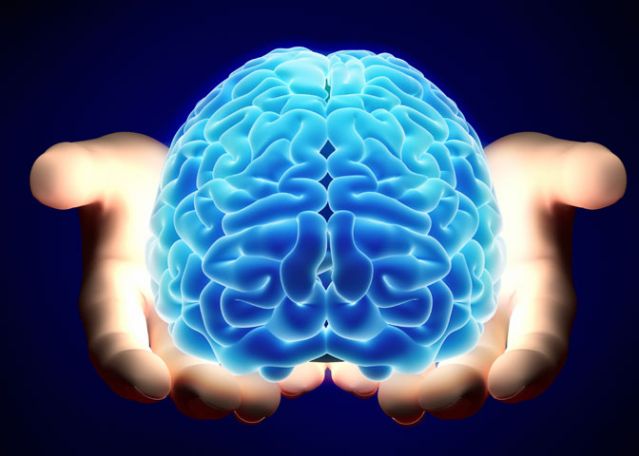
When the body experiences trauma, it creates compensation patterns to keep it functioning. The body doesn’t always reset these patterns even after the trauma ends and the body heals, and this can lead to muscular dysfunction and pain. Neuro-muscular reprogramming looks for compensation patterns, and re-trains the brain to resume optimal muscular activity.
Our bodies are intricate, complex, and, above all, they hate to fail. So when we get an injury, or even have a bad habit, that causes something in the body to not work, our brain deploys other nearby muscles to keep up our bodies going.
You could think of the body kind of like working in an functional, well-staffed office. When Sally takes a few days of vacation, it’s no big deal. Other team members cover what needs to be done and can’t wait, and things keep running smoothly. When Sally comes back, she picks right back up and everyone goes back to a balanced workload.
But when Joe takes an extended absence, it works a little differently. Joe’s work can’t just wait until he returns. Other team members temporarily take over his responsibilities – they might have to really reach outside of their own roles, and their workloads increase potentially to a tiring degree. When Joe comes back, it takes a little time for him to get caught up and back to full capacity. If Joe & his team are functional, this is OK, and after he’s been back for a little while everyone recovers.
However, if Joe’s team isn’t functional, Joe might not be able to fully re-integrate. Other team members may not give back the responsibilities they took on, they may continue to carry too much workload, and Joe may not be able to resume his full workload. This dysfunction tires everyone out. Performance drops, morale drops.
Let’s hypothetically take it a step farther, and say that a series of changes like this affected the business enough that they started laying off staff. The workload hasn’t been reduced; so now less and less people are available to do the work, and the situation snowballs. The people still there are exhausted, on-edge and nervous, and probably not very happy.
Just like Joe’s office, if we can’t use a particular muscle for a short period of time, we recruit others to do that work. In functional brain patterns, as soon as the original muscle is available again to be used, we would begin to rely on it and stop reliance on the other recruited muscles. Sometimes, though, our patterns aren’t functional, and we continue to rely on recruited muscles long after it’s necessary. These muscles get tired, they get achy, they complain and cause pain, and eventually, they may just up and quit, requiring new recruits to take over the job not only of the original muscle but now also the muscle that quit. Over time, the pattern expands to more and more of the body and we become exhausted, on-edge and nervous, and probably not very happy.
Neuro-muscular reprogramming is about unwinding these dysfunctional patterns that we no longer need, letting muscles relax and do the job they evolved to do, instead of work they are not suited for. Using muscle testing, we identify faulty motor-coordination patterns. Using bodywork techniques, we release these patterns. Then using movement and muscle testing, we re-train the brain to use the optimal motor-coordination pattern. And as the brain begins to use the muscles most appropriate to the work, the whole body breaths a sigh of relief. It recovers, relaxes and feels happy again.
Read the massage & bodywork magazine article about how this modality approaches pain relief.